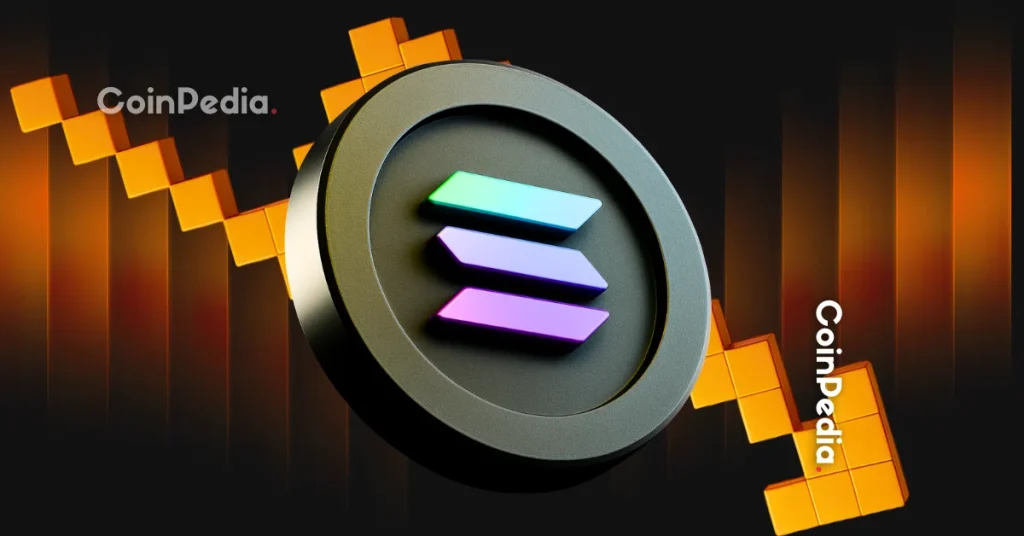ARTICLE AD BOX
On-chain data shows users on the Bitcoin blockchain had to pay the same total fees as Ethereum this past quarter.
Bitcoin Users Paid $440 Million In Transaction Fees Last Quarter
As market intelligence platform IntoTheBlock pointed out in a new post on X, Bitcoin has registered a sharp jump in transaction fees this past quarter. The “transaction fees” here naturally refer to the amount that senders on the blockchain have to attach with their transfers as compensation for the validators.
The average fee on the network is generally a reflection of the activity occurring on it. During periods of high traffic, users have no choice but to pay a high amount of fees if they want their transfers through in a reasonable amount of time.
This is because the network only has a limited capacity to handle transactions. Hence, validators naturally prefer to put the transfers with the highest fees first into the next block.
As users compete against each other to get moves through first, the fees can blow up. In times of little chain activity, though, the senders have no incentive to go for any high fees, so its value remains low.
Below is an infographic shared by IntoTheBlock shows how the total fee amount has compared between Bitcoin and Ethereum in the second quarter of this year.
As is visible above, the Bitcoin network saw total transaction fees of around $440 million during the past three months. This reflects an increase of almost 61% from the previous quarter.
While the fees have jumped big for BTC, the same hasn’t been true for ETH. It would appear that Ethereum users paid 63% less fees during this window compared to the last quarter.
The fees on ETH were previously significantly higher than on BTC, earning the network a reputation for being expensive. With this drop, however, the total fees on the network are down to $441 million, which is just a million dollars higher than what the original cryptocurrency has seen.
Now, what’s causing these trends? In the case of Bitcoin, introducing the Runes protocol back in April is the main driver behind the growth. This protocol, which allows users to mint fungible tokens on the network, found immediate popularity and increased transaction activity for BTC.
As for Ethereum’s decrease, the analytics firm notes that transactions have shifted to Layer 2 solutions in this period. Layer 2 blockchains are built on top of a primary network to improve transaction throughput.
While both ETH and BTC are seeing relatively high transaction fees, Litecoin (LTC) has continued to be the cheapest network recently, as IntoTheBlock has shared in a reply to the post.
BTC Price
Bitcoin has been unable to recover significantly from its recent plunge, as its price is still trading around $60,800.
.png)
 1 year ago
12
1 year ago
12










 English (US)
English (US)